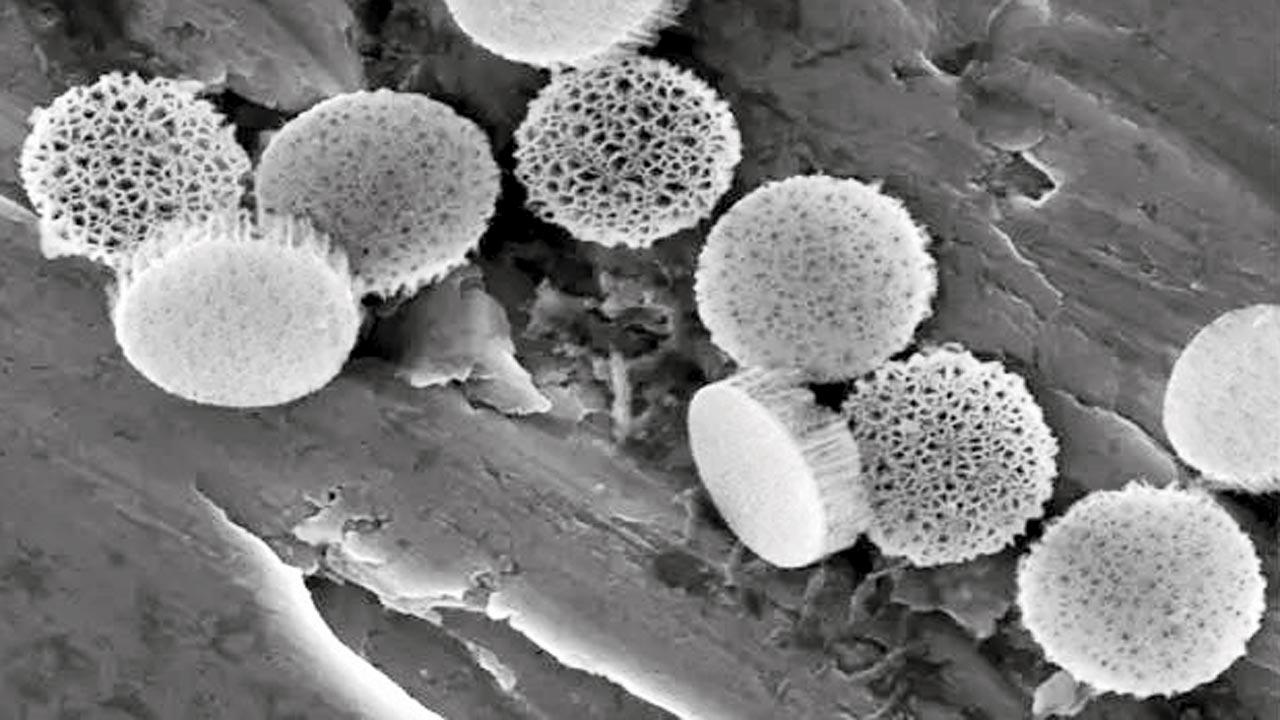Science
German Researchers Harness Water and Pressure to Generate Electricity

Researchers in Germany have introduced an innovative method for generating electricity by utilizing water and mechanical pressure. This breakthrough harnesses the power of friction within nanoscale silicon pores, enabling the conversion of mechanical energy into electrical power through a process known as triboelectric generation.
The new system, called the Intrusion-Extrusion Triboelectric Nanogenerator, relies on confining water in nanometer-sized pores of silicon, which serves as the active medium for energy production. The technology aims to create electricity in environments that experience high mechanical pressure, a feature that could have significant applications across various industries.
During the operation of the nanogenerator, pressure forces water into and out of the nanoscale pores repeatedly. This action generates electric charges at the interface between the silicon pore walls and the water, creating frictional electricity. This phenomenon is akin to the common experience of static electricity, such as when a person walks across a PVC carpet and then touches a metal doorknob, resulting in a small electric shock.
The research team has effectively replicated this static electricity effect in a controlled, efficient, and continuous manner, paving the way for a new approach to electricity generation. The implications of this technology could extend to renewable energy systems, where harnessing mechanical energy more effectively is crucial for sustainable practices.
This development promotes a vision of future power generation that is both environmentally friendly and efficient. By advancing the understanding of triboelectric effects in materials, researchers are contributing to the ongoing quest for innovative energy solutions. The findings underscore the potential of nanotechnology in addressing global energy challenges, aligning with broader goals for sustainable development.
The research has been published in reputable scientific journals, showcasing significant progress in the field of energy generation. As the demand for clean energy solutions grows, technologies like the Intrusion-Extrusion Triboelectric Nanogenerator may play a vital role in shaping the future of power systems worldwide.
-

 World3 months ago
World3 months agoSBI Announces QIP Floor Price at ₹811.05 Per Share
-

 Lifestyle3 months ago
Lifestyle3 months agoCept Unveils ₹3.1 Crore Urban Mobility Plan for Sustainable Growth
-

 Science3 months ago
Science3 months agoNew Blood Group Discovered in South Indian Woman at Rotary Centre
-

 Sports3 months ago
Sports3 months agoBroad Advocates for Bowling Change Ahead of Final Test Against India
-

 World3 months ago
World3 months agoTorrential Rains Cause Flash Flooding in New York and New Jersey
-

 Top Stories3 months ago
Top Stories3 months agoKonkani Cultural Organisation to Host Pearl Jubilee in Abu Dhabi
-

 Science3 months ago
Science3 months agoNothing Headphone 1 Review: A Bold Contender in Audio Design
-

 Top Stories3 months ago
Top Stories3 months agoAir India Crash Investigation Highlights Boeing Fuel Switch Concerns
-

 Sports3 months ago
Sports3 months agoCristian Totti Retires at 19: Pressure of Fame Takes Toll
-

 Business3 months ago
Business3 months agoIndian Stock Market Rebounds: Sensex and Nifty Rise After Four-Day Decline
-

 Politics3 months ago
Politics3 months agoAbandoned Doberman Finds New Home After Journey to Prague
-

 Top Stories3 months ago
Top Stories3 months agoPatna Bank Manager Abhishek Varun Found Dead in Well









